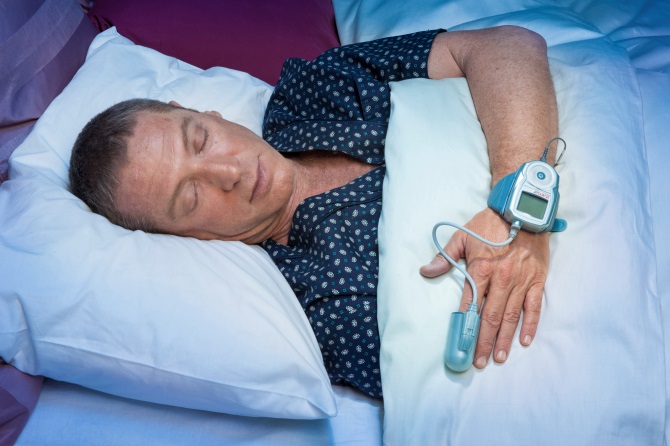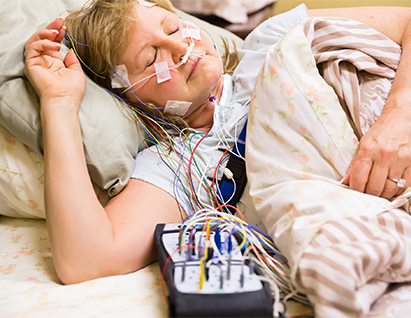Sleep Apnea Treatment
The use of oral appliance therapy in the management of airway obstruction dates back to early 1900 when the French Dentist/Stomatologist Pierre Robin used oral appliance therapy to manage upper airway obstruction of infants born with Pierre Robin syndrome. Since then oral appliance therapy and therefore sleep disorders dentistry has become an important component in sleep apnea treatment. It wasn’t until February 2006 that oral appliance therapy was officially recognized and recommended as a treatment modality for the treatment of obstructive sleep apnea by the American Academy of Sleep Medicine. These recommendations were published in their journal SLEEP: Practice Parameters for the Treatment of Snoring and Obstructive Sleep Apnea with Oral Appliances: where they recommended oral appliance therapy for the treatment of snoring, mild to moderate obstructive sleep apnea and for patients that fail treatment attempts with continuous positive airway pressure (CPAP) therapy. Oral appliance therapy and CPAP therapy are the only “recommended” treatments for obstructive sleep apnea. Various studies have proven that oral appliance therapy is an effective solution for a significant number of patients with mild to moderate obstructive sleep apnea and is the only recommended alternative for CPAP intolerance. All other therapies including surgery are “optional”.
Home Sleep Study
The diagnoses of obstructive sleep apnea requires a sleep study, of which there are two types. Home Sleep Study (HST) or Polysomnogram (PSG). With all the technological advancements in the field of sleep studies, they can now be performed reliably at home, hence a Home Sleep Study (HST). Polysomnograms are typically done in a sleep laboratory, requiring the patient to spend the night in an unfamiliar laboratory environment, while the equipment records his/her physiological data, including video recording. Polysomnogram (PSG) requirements by medical insurance carriers are now typically reserved for chronically ill patients, with at least one of the following medical conditions: moderate to severe pulmonary disease, neuromuscular disorders, stroke with residual respiratory effects, epilepsy, congestive heart failure or morbid obesity (BMI greater than 45). Therefore, medical insurance carriers require the home sleep study (HST) for the majority of patients.
Home Sleep Study Benefits
- The patient self-administers the home sleep test and is able to spend the night in the familiar environment of their own home and in the comfort of their own bed.
- Home sleep testing is convenient and efficient for those with trouble arranging time out of their busy schedules to drive to a sleep laboratory to spend the night. Because laboratory sleep studies are usually reserved for the more chronically ill patients, it can take many months to reserve a bed in a sleep laboratory.
- The typical cost of a home sleep test is less than that of a laboratory sleep study, and typically yields similar data when diagnosing obstructive sleep apnea.
Home Sleep Study
Polysomnogram Study
Once a diagnosis is made from an overnight sleep study, treatment can be prescribed for either simple snoring or obstructive sleep apnea. As the word “simple” would indicate, the treatment for snoring is much less complicated than the treatment for obstructive sleep apnea. Though simple snoring is not a covered benefit of any dental/medical insurance plan, if left untreated it will eventually progress to obstructive sleep apnea.
Computer – Driven Technology
In order to treat obstructive sleep apnea effectively with oral appliance therapy, it is important to determine the location and degree of airway obstruction of your sleep disordered breathing problem. We therefore must “map” your nasal passages and your oral airway with a quick and painless technique called Acoustic Reflection Technology (ART). We employ a suite of ART enabled diagnostic equipment that emits sound waves through two tools; the rhinometer and the pharyngometer. The ART technique draws a picture of your nasal passages and oral airway with sound. ART is used during the course of active therapy for obstructive sleep apnea to make slow incremental adjustments to the appliance over the course of treatment, ensuring that these adjustments always improve the airway, which results in successful treatment. After pinpointing the location of the obstruction, we will be able to select one of the numerous FDA approved appliances available only by prescription, which will provide the necessary support for the airway during sleep. There is no one appliance that works well in all situations because we are all individuals, each with our own unique airway anatomy. Experience with these appliances in addition to knowledge, training and testing is crucial for the successful treatment of obstructive sleep apnea utilizing oral appliance therapy. It’s not as simple as boiling a “one size fits all” snoring appliance purchased from an ad on T.V. or the internet and popping it into your mouth when you sleep.
In an article published in the Inland Empire Edition of M.D. NEWS December 2008, Vol.1, No.12 Dr. Fritzsche states:
“I’ve been wearing appliances myself for over 15 years. Every appliance I use in this office, I’ve tried on myself. I’ve had over 20 different appliances made for myself and have slept with them all, so I’ve gotten a lot of information on the day-to-day use, and in what situation one will work better than another.”




